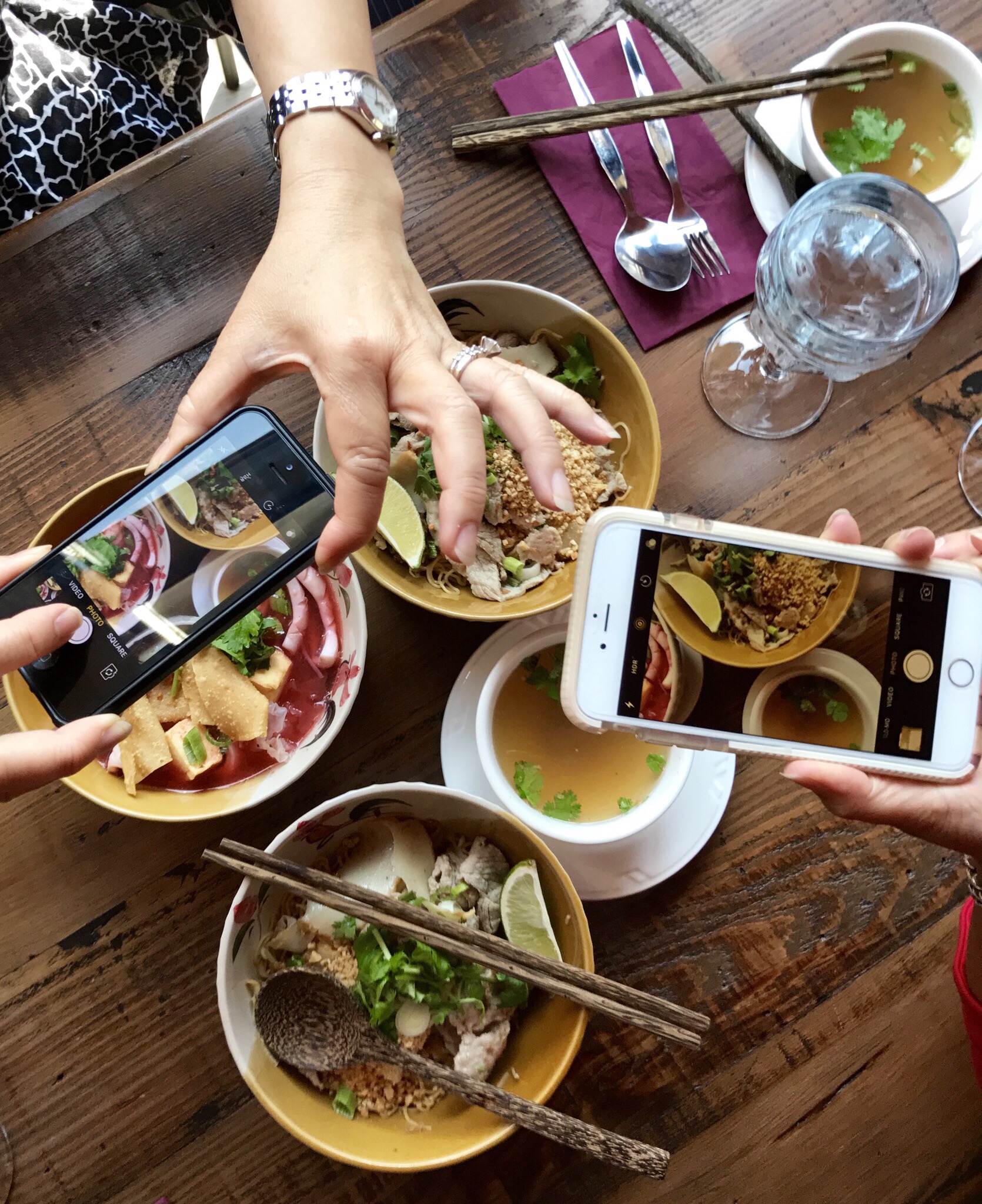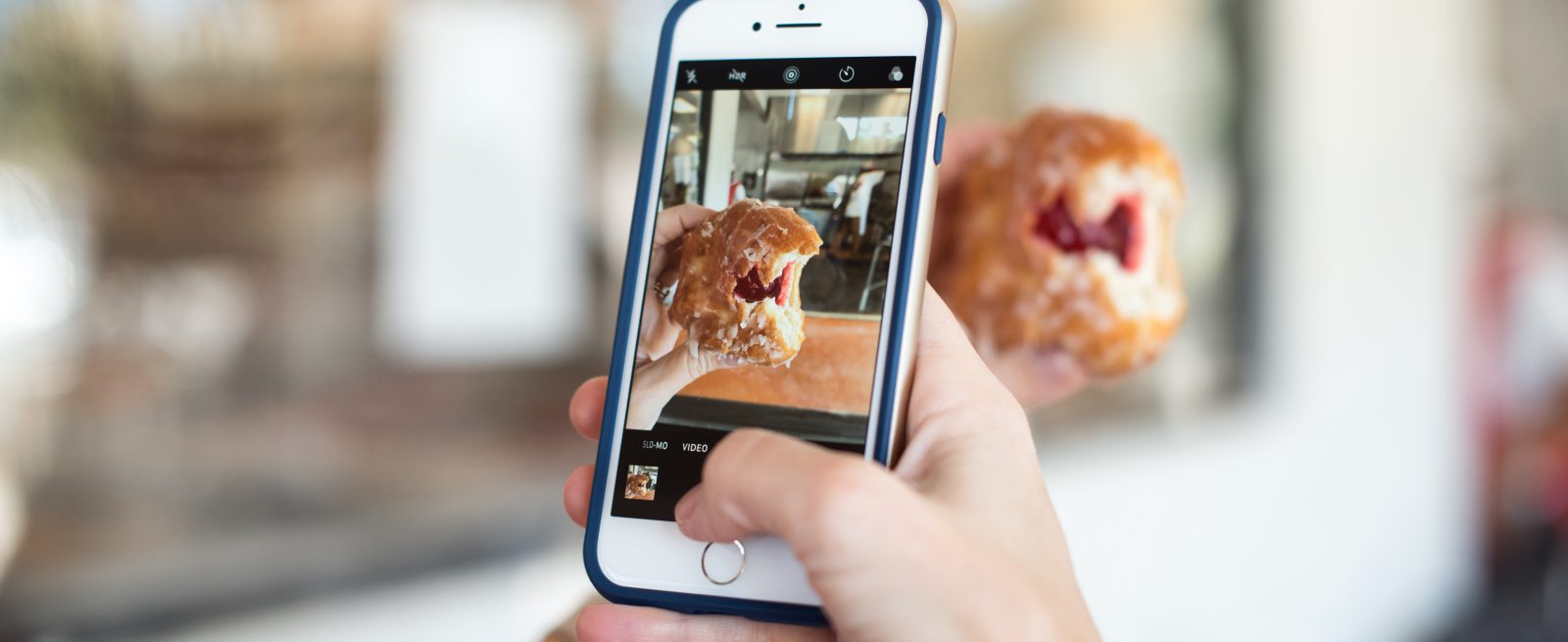Is Social Media Important for the Food and Drink Industry?
4 Min Read By Nisbets
Social media platforms and influencers have massive authority in marketing. There are now approximately 3.2 billion global social media users, according to a report by We Are Social and Hootsuite, while a study by Adobe also discovered that UK users consume around 6.9 hours of online content a day. Similarly, there was an approximate 325 percent increase in Google searches for “influencer marketing” in 2017, as well as 230 new platforms and agencies focused on influencer marketing over the past two years. Clearly, what we see on our phone, tablets and laptops matters.
But how does this trend towards online consumption affect British food and drink companies? And are pubs, cafes and restaurants across the country choosing to engage or disregard the influence of social media?
What do those in catering and hospitality think about social media?
Bar supplies retailer Nisbets recently carried out a Pulse Survey to establish the attitudes of catering businesses towards social media. When asked what each participant thought was the most effective form of marketing for their business, only 34 percent cited ‘word of mouth’. Instead, 48 percent said that digital methods were the best type of advertising — with social media making up 28 percent of this figure. In fact, 93 percent of respondents believed social media had positively impacted their business.
The survey found that Facebook was the most popular social media platform for catering businesses, with 81 percent citing it as the most important tool for their marketing efforts. Twitter followed as the second most popular social media platform, with 20 percent believing it has helped their marketing strategy.
Despite being a relatively new kid on the block, the popularity of visual platform Instagram is also on the rise, allowing brands to showcase images of their food and drink. 18 percent of survey respondents said that they use the platform and, as it continues to grow in popularity, we can expect to see more catering outlets incorporating Instagram into their marketing strategies.
With over 58 percent of UK people actively using social media, its huge reach makes it a valuable tool for restaurants, pubs and caterers more widely. Social media offers brands exposure and the opportunity to connect with their target demographic to promote their products. It also makes it easier for customers to find out key information, such as opening times or details of menu changes.
Social Media and Leading Catering Brands
Although it’s apparent that social media has great influence on consumers, it is often harnessed and capitalised on differently by some of the world’s top food and drink brands.
For example, Nando’s — currently one of the UK’s most popular restaurant chains — has been ‘liked’ by almost 4.5 million people on its UK Facebook page and has around 1.5 million followers on its UK Twitter account. Why? Partly because the chain strives to drive social media engagement. One example of this was the ‘finger selfie’ (#fingerselfie) campaign. Essentially, this was about encouraging customers to tweet a photo of their best ‘finger selfie’ using a Nando’s napkin while dining. Essentially, the aim was to spread the brand name and the Nando’s experience using something simple, quirky and interactive.
Of course, it’s possible for food and drink brands to simply engage with their consumer by noticing and responding on social media — like Greggs. The bakery chain’s digital marketing coordinator, Abby Hughes, said to PR Weekin February this year: “The best performing content for us is our reactive posts. We look out for conversations that we can naturally get involved with, not bandwagons to jump on. These tend to be people making comments about our food or us as a brand.”
Capitalising on the influence of social media is just as much about being consistently responsive as it is about being proactively creative. Simply monitoring tweets and tags about your brand and reacting to them quickly can help boost your social media standing and provide a better experience for your current or potential customers. According to the Greggs Annual Report 2017, the brand was up on sales by 7.4 percent to £960 million, which suggest that, whatever it is doing as part of its overall marketing strategy, it’s working.
But are there instances when food and drink companies have not embraced social media? The most famous, and perhaps most recent, is popular British pub chain JD Wetherspoon. In April, the company announced that it would be deleting the social media accounts of its head office and 900 pubs.
Rather than using Facebook, Twitter and Instagram, the company plans to instead “release news stories and information about forthcoming events on our website (jdwetherspoon.com) and in our printed magazine — Wetherspoon News.”
While the statement itself was relatively vague, JD Wetherspoon chairman, Tim Martin, offered more insight, commenting that the company’s move was: “going against conventional wisdom that these platforms are a vital component of a successful business”. Martin added: “I don’t believe that closing these accounts will affect our business whatsoever, and this is the overwhelming view of our pub managers.”
By completely removing their branded social media platforms, JD Wetherspoon will instead have to rely on customers and potential customers visiting their website, as well as other, more traditional, marketing methods.
However, while the pub chain is confident in the decision it has made, it conflicts with the perceived benefits of social media — namely, its ability to reach huge groups of people instantly. So, could this move by JD Wetherspoon be detrimental to its exposure and connection with its core demographic? Only time will tell.
Overall, social media appears vital to the success of cafes, pubs, bars and restaurants all over the country. Being available online means you are likely receptive to feedback and reviews, which in turn gives the perception that your brand is modern, available and reliable.
It also means you can create a relatable, recognisable brand persona to boost engagement and inspire consumer loyalty. When Epic Pubs won the Unique Hospitality Social Media Award 2016, marketing coordinator, Lara Busby, said: “Our saying is we are a ‘pub for everyone’ and so our social media reflects this. We understand our audience and tailor our social media to suit this by keeping up to date with trends in the market and create posts that are engaging and draw people in.” Facebook, Twitter, Snapchat, and Instagram can all work together to give your brand a definable personality that your target audience can get on board with, which could be the key to success.
Find out more about social marketing tips for restaurants and food outlets.
Sources:
https://wearesocial.com/blog/2018/01/global-digital-report-2018
https://www.marketingtechnews.net/news/2018/feb/09/gen-z-engaging-10-hours-online-content-day/
https://econsultancy.com/blog/69362-five-restaurants-with-first-class-social-media-strategies
https://corporate.greggs.co.uk/sites/default/files/GREGGS_28224_AR2017.pdf
https://uniquehospitality.co.uk/best-multi-site-pub-operator-year-social-media/


